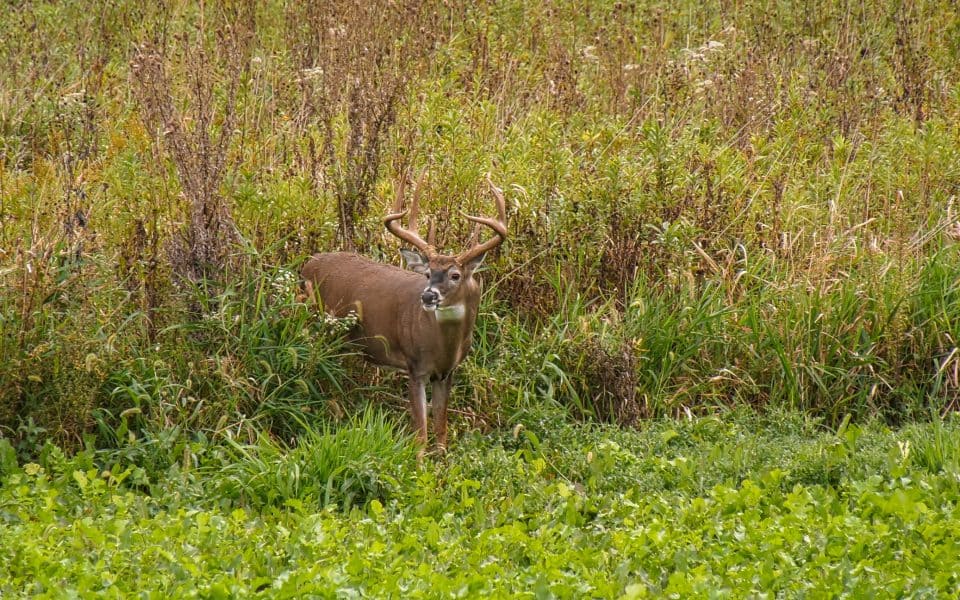When it comes to hunting whitetails, oftentimes it can be tiny details that lead to success…or failure. When it comes to a trophy buck, you may only get one opportunity during an entire season. Do you want “antlers on the ground” or a “white, hairy flag waving goodbye?” An arrow glancing off of a tiny twig, having your treestand squeak at the wrong time, bumping deer on your approach, or accidentally transferring a molecular whiff of foreign smell to some nearby foliage can be all it takes for a well-made plan to go awry. Implementation of a few key details can mean the difference between “big buck down” and you looking like a clown.
Stand approach and regress can make or break a whitetail hunt.
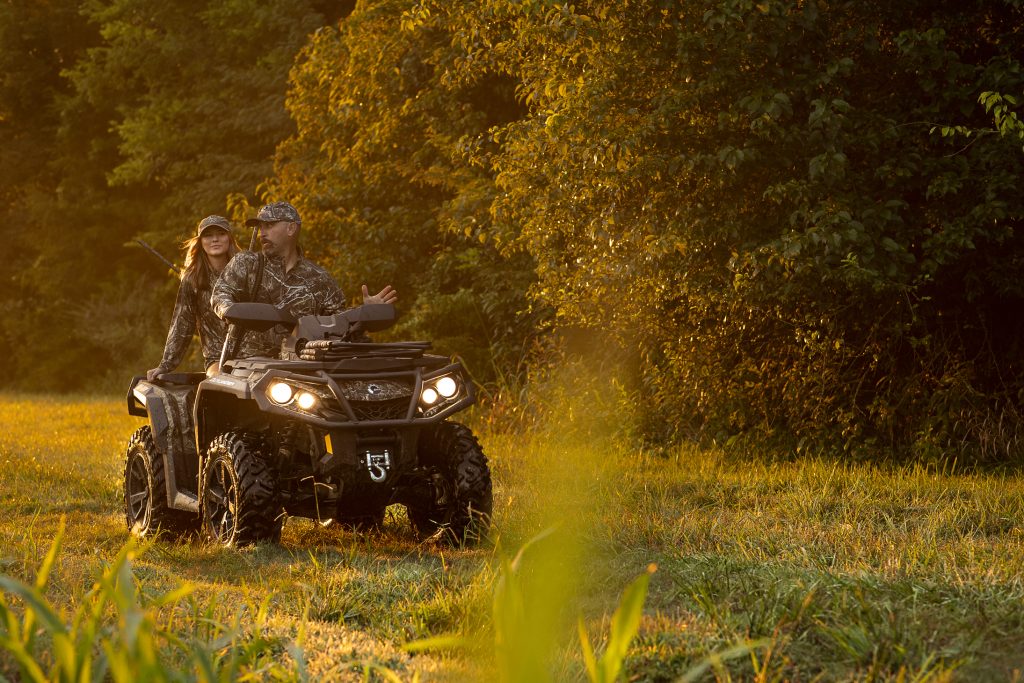
If not executed properly you can destroy all chances before you ever make it to your treestand or blind. You also need to retreat out of your area without bumping and educating the animals.
Let’s say we have a pristine food plot that’s at “100% attraction power,” it’s never been hunted and you’ve been glassing whitetails piling into the plot for days. So you choose to hunt the plot – plenty of animals show up, just not one of the bucks you were after. You decide to get down from your treestand and head in at dark; however, there are still deer in the plot that you “blow-out” when you leave. In one fell swoop you’ve cut the attraction power of that plot in half, or there about. Time can heal some of the damage of your intrusion, but you’d better not put much more pressure on the spot if you wish it to stay a productive location. Overhunting an area is one of the biggest mistakes most hunters make!
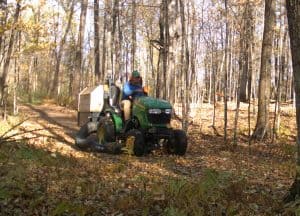
David Medvecky
There are several things we can do to help prevent detection while traveling to and from our ambush locations – creating quiet approaches, planting screening cover, and using “the buddy system” all have a time and place. If possible, having more than one route in and out can be very beneficial. In addition, we must always be aware of the wind and thermal. Do not approach a site if the conditions aren’t in your favor!
During late summer, quiet trails can be prepared with a pruner, weed whacker, brush shear (shrub trimmer), chainsaw or mower. It depends upon the medium (grass, brush or trees), how close you are to the ambush site, and whether you’re walking, riding a bike or driving an ATV. Through thick grass or weeds, a weed whacker with a synthetic or steel blade works well. By cutting the standing foliage we can reduce that brush “slap-back” noise that is completely unnatural in the whitetail woods.
Planting a visual screen is something I highly recommend. Tall grasses are used most often for quick fixes. BioLogic’s Blind Spot is the easiest screening cover I’ve ever planted. It grows well in less than average soil; it’s simple to plant and will grow tall enough to conceal a human in only two months. If a more permanent fix is needed, native warm season grasses or conifer trees can be used.
Finally, the buddy system is my favorite method. Whitetails can’t count, and most farm vehicles are MUCH less intrusive to whitetails than a hunter on foot. Obviously you need a friend for this, but when the friend drops you off and then leaves, the whitetails perceive that danger leaves with them. When they come back to pick you up, they bump the animals off of the food plot rather than educating the herd to your ambush location meaning danger.
Trim Shooting Lanes from Hunting Locations
Presuming you’ve chosen the right location, there are a number of details you should take into consideration when putting the finishing touches on your ambush site. Obviously a treestand will be a bit different from a ground blind, but one detail you should always observe is trimming shooting lanes/windows. If a buck passes by within range but you can’t get a clear shot, what good is that to you?
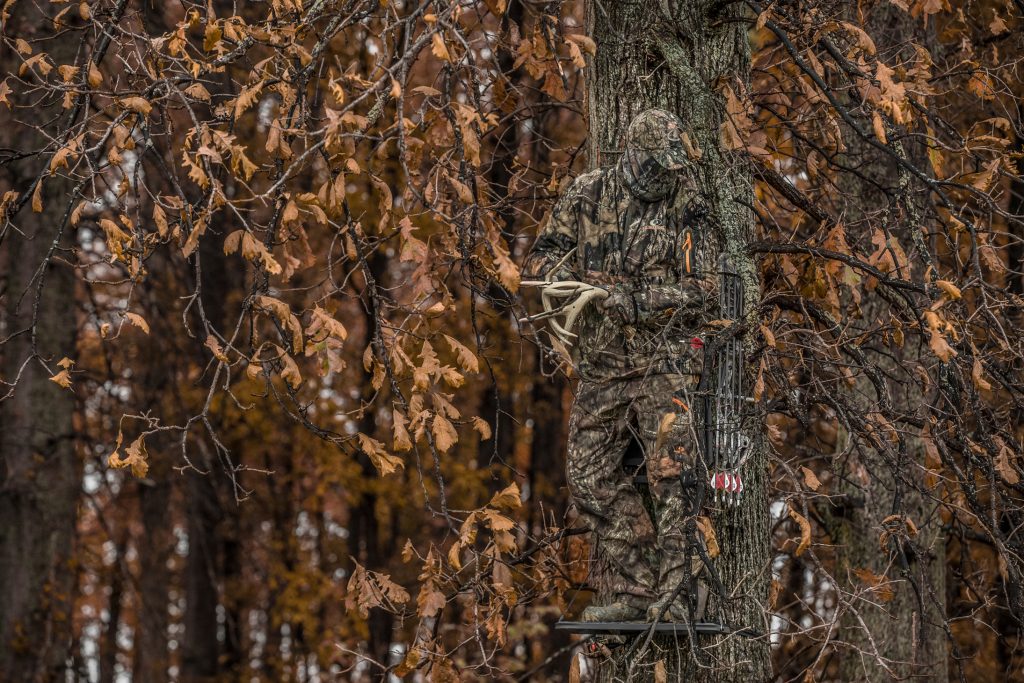
A pole-pruner works well to trim branches as high as twenty feet off the ground or more. Most have a saw and pruner-clipper with a handle that extends fourteen feet (or thereabout), so combined with a person’s height, with arms raised you can reach over twenty feet or more to snip twigs that otherwise could derail your destiny with a monster buck.
Be Aware of Your Scent-Transfer
Scent-transfer, or smells you may be leaving behind, can ruin your chances just as fast as if they detect you directly. You don’t want the animal to know you’re presently there…or that you’ve been there at all. Anytime you touch anything it’s like you’re “pushing” your smell into the object. I always wear clean clothing, including gloves that have been washed in Scent Killer Clothing Wash and treated with Scent Killer Gold spray. Even screwing in a tree-step with your bare-hand can be all it takes to blow it on a mature buck.
I mention about scent “transfer” here because many would say, “I’m not going to hunt the site for a few weeks, so I’m not concerned about leaving human scent now.” I’m here to tell you, if the buck you’re after shows up a couple hours after you finished readying your ambush site and he smells human scent (danger), you likely won’t kill him out of that site a few weeks from then unless you get very lucky. Obviously, time and the elements diminishes the intensity of your intrusion, but keep it clean.
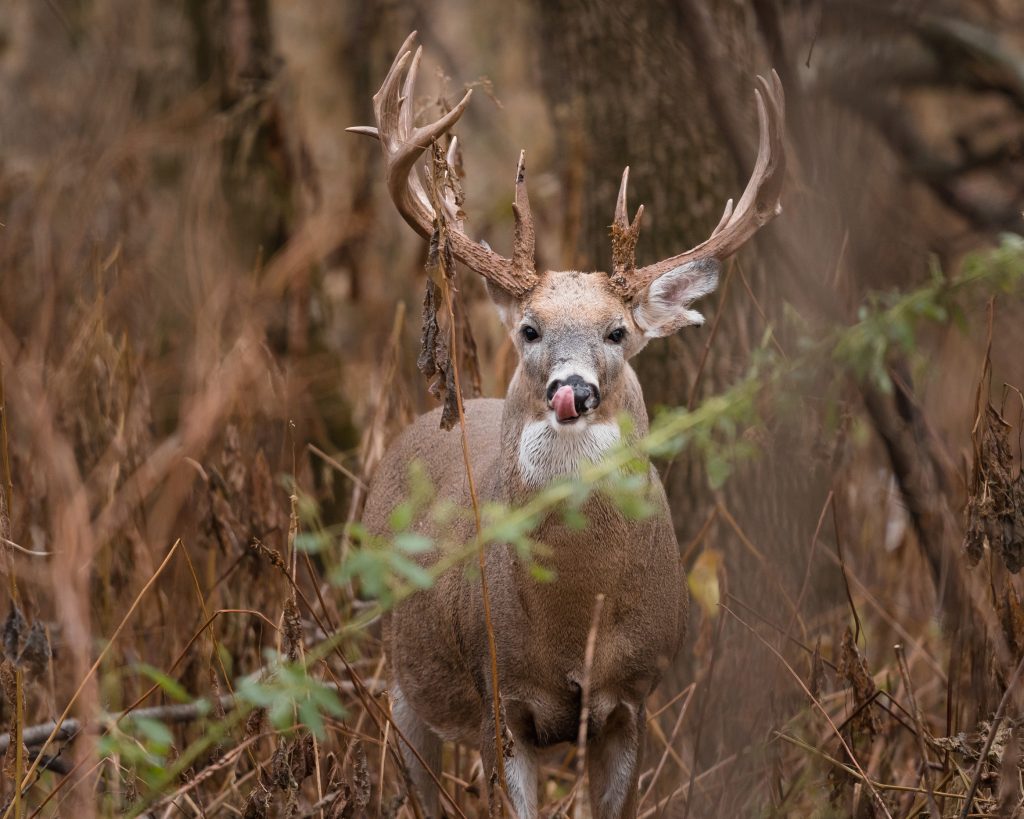
David Brickner
Trimming shooting lanes with a friend works well. This way one can sit in the blind or treestand and instruct exactly which branches need to be trimmed. You don’t need a perfectly cleared strip ten feet wide from the base of your tree and forty yards out. Often all you need is a “window” to a specific trail or spot. Keep in mind, you don’t want to disturb the area so much that a mature buck knows there has been an intrusion, and the more brush you trim down, the less cover there is to keep you concealed. Any cover between you and a buck is valuable for keeping you obscured – even if it’s just a few leaves that add depth and a three dimensional effect.
Initially, choosing the right spot is a big part of this plan. An entire book could be written on this process, so for now we’ll simply say that once you have selected the general area, pay heed to the prevailing wind and thermal current when choosing the exact tree or ground blind spot. You want to remain downwind or crosswind of where you think the deer will be. The biggest point here is many hunters don’t consider that a whitetail may not favor that specific area during the conditions that they’ve set up to hunt it.
Your trophy buck may never consider being in that area with the wind blowing the particular direction for which you’ve set up. My first thought about a spot is “under what conditions is a whitetail going to want to be in this area?” A deer is not going to spend a great deal of time in an area where it can’t use its nose efficiently. I want a whitetail to be comfortable with the site AND the conditions that I want to hunt the site. I want the deer to believe they have all of the odds in their favor. Then, I’ll set up downwind or crosswind. I guess what I’m trying to say is “you need to play how a whitetail plays the wind.”
Tune Gear & Practice Realistic Hunting Situations
Making sure that you prepare your ambush site correctly and then making sure that your gear is working properly and is in top condition will count when the moment of truth finally comes. Make sure you’re comfortable, prepared and alert.
You wouldn’t believe (or maybe you would) the amount of people that try to save a couple bucks on a tree-step, a few dollars on a safety harness, or .49¢ on a bolt. I’m all about saving money, but not if it means missing a chance at a mature buck or putting my safety at jeopardy. You should check your treestands for squeaks and for possible safety issues. Tighten the nuts and bolts, check the straps, seats and chains and lube any moving parts with powdered graphite, or some other type of lube with no odor (I haven’t found one yet).
Make it easy to climb the tree. You don’t want to make it to your tree silently, but then alert every animal for hundreds of yards by scraping the bark completely off because you didn’t use enough tree-steps or another climbing-stick section. Make it as effortless as possible.
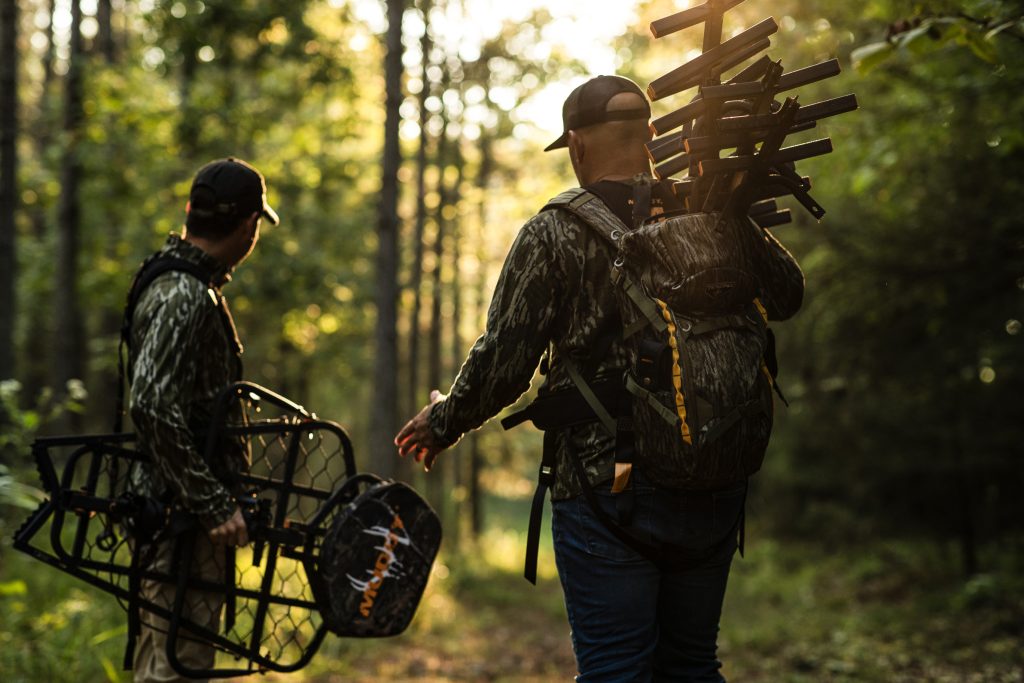
Be comfortable in your treestand. This is one reason why the older I get, the more I favor two-person ladder stands and ground blinds. I can sit all day in comfort in either. The two person ladder stand makes it easy to bring one of my daughters with me, but it also makes it extra roomy and comfortable when I hunt it by myself.
Comfort also means that you have an easily accessible spot for your gun or bow. You can stay so much more comfortable, warm, rested, and still if you use a bow holder (or gun rest), and just as speedy as if you were holding it. It’s just so much more efficient and safe.
Last, but not least, attempt to exercise “perfect practice.” I call it this because it means practicing realistic hunting situations — during the same conditions, wearing the same clothing, using the same equipment and from the same type of ambush site/structure. If you’re going to hunt from a treestand, practice from a treestand. Many who hunt from a ground blind fail to ever practice while kneeling or sitting — the position you will almost certainly be in during the moment of truth. 3-D targets help dearly to learn angles. As most archers know, big game animals die primarily from “blood loss,” and where an arrow enters isn’t always as important as the exit hole concerning blood loss and recovery.
Practice with the same bow, arrows and hunting heads you’ll be using in the field (this also means practicing with the same gun, load and bullet size you’ll use during the hunt). Some broadhead manufacturers say they “fly like a field-point.” Most DO NOT! But still if they do “fly” like a field point, they are likely to impact your target in a bit different spot. Even if they do hit the same spot, isn’t this something you would like to know BEFORE you draw back on that buck of a lifetime?
Join our weekly newsletter or subscribe to GameKeepers Magazine.
Your source for information, equipment, know-how, deals and discounts to help you get the most from every hard-earned moment in the field.

